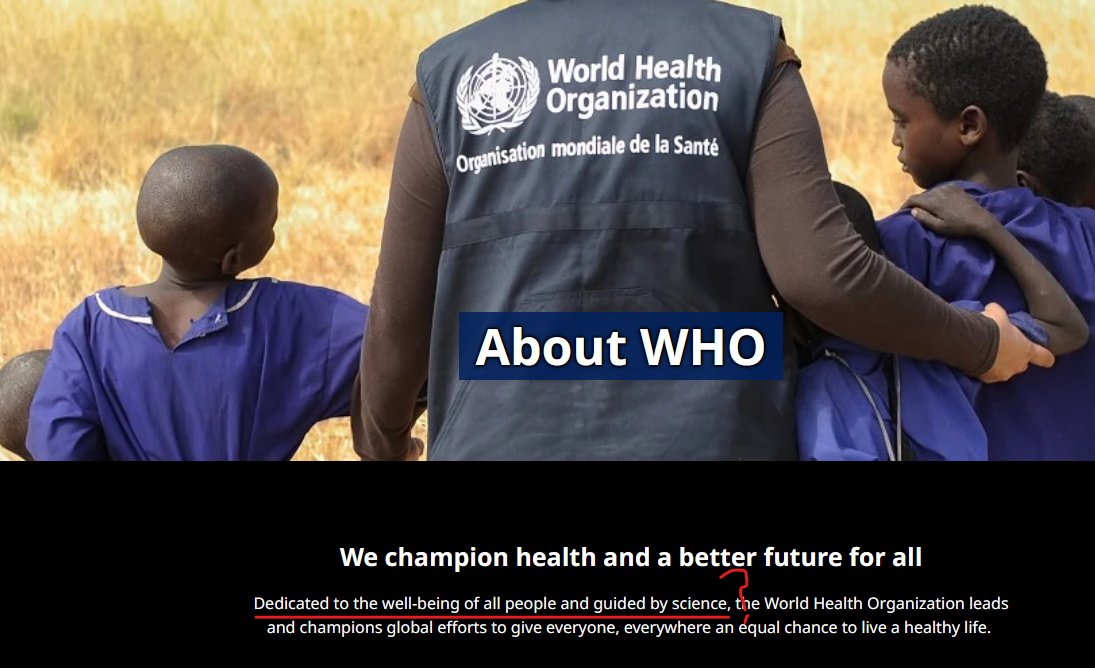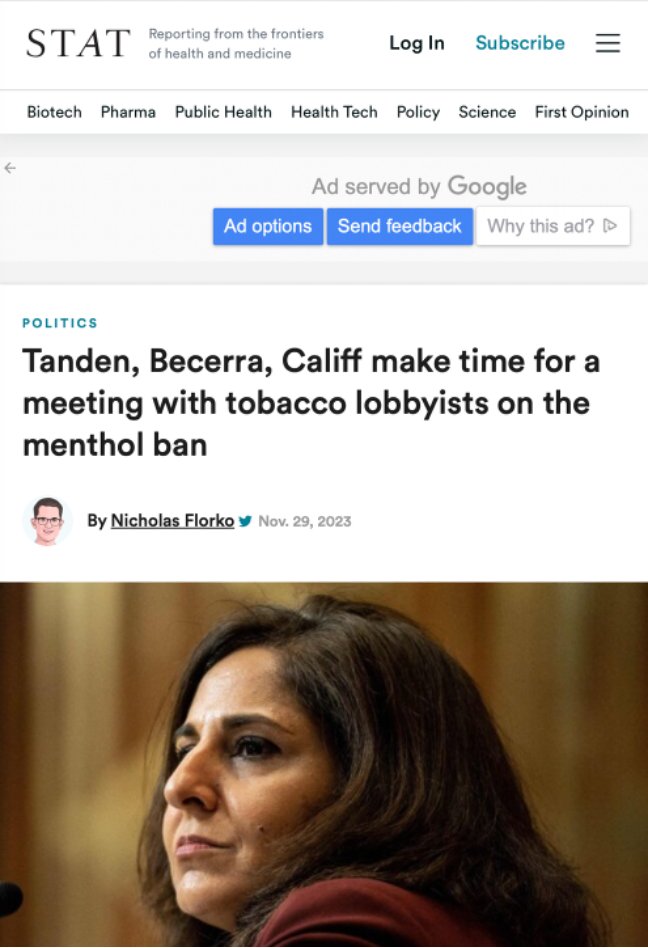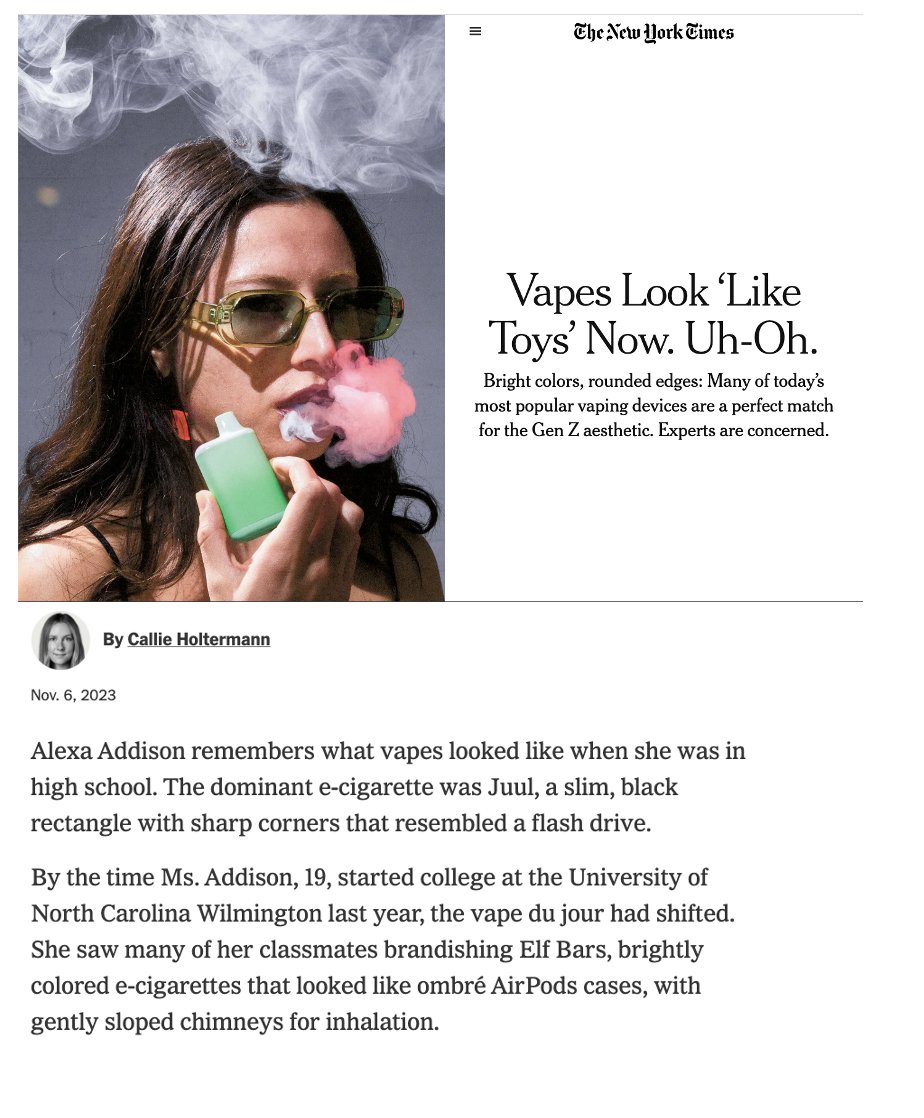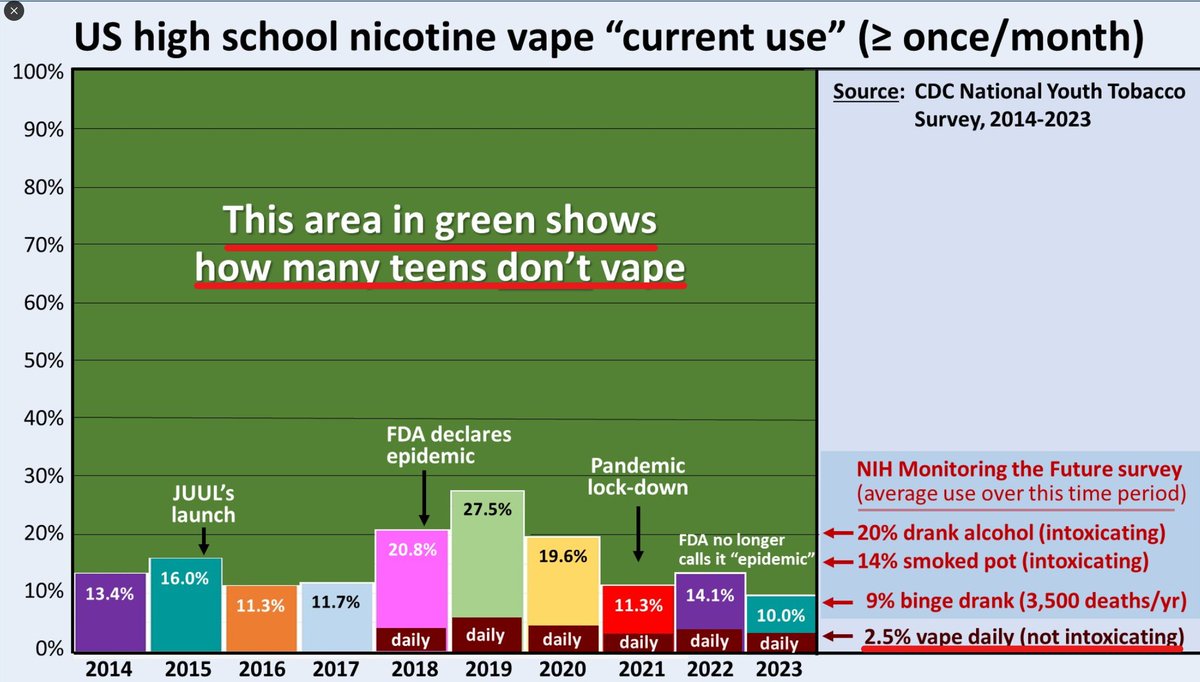
National trade organization representing the independent vapor industry—united on the journey to marketing orders.
5 subscribers
How to get URL link on X (Twitter) App


 According to news accounts and first-hand reports we are hearing, the personnel cuts appear to have swept away the entire leadership at CTP, including Matthew Farrelly in the Office of Science and the full PR/comms team. NYT says King was offered relocation to rural Alaska. 🥶
According to news accounts and first-hand reports we are hearing, the personnel cuts appear to have swept away the entire leadership at CTP, including Matthew Farrelly in the Office of Science and the full PR/comms team. NYT says King was offered relocation to rural Alaska. 🥶 

 When whistleblowers told agency auditors that @FDATobacco was a "toxic workplace" corrupted by politicized influence and rigged science, AP reporters Matt Perrone @AP_FDAwriter and Mike Stobbe @MikeStobbe made zero effort to tell their story. Suddenly there's plenty of space.
When whistleblowers told agency auditors that @FDATobacco was a "toxic workplace" corrupted by politicized influence and rigged science, AP reporters Matt Perrone @AP_FDAwriter and Mike Stobbe @MikeStobbe made zero effort to tell their story. Suddenly there's plenty of space. 

 Not only could this filing help color the way that the justices will confer on the White Lion v. FDA case that is currently pending at SCOTUS, it cuts right to the heart of the matter.
Not only could this filing help color the way that the justices will confer on the White Lion v. FDA case that is currently pending at SCOTUS, it cuts right to the heart of the matter. 

 The "information" sheet we were given after the appointment (pictured above) was produced by academic publishing giant @ElsevierConnect, and it's an absolute train wreck. It's also more than two years out of date.
The "information" sheet we were given after the appointment (pictured above) was produced by academic publishing giant @ElsevierConnect, and it's an absolute train wreck. It's also more than two years out of date. 

 Features incisive analysis from our @GregTHR.
Features incisive analysis from our @GregTHR. 

 The first thing SCOTUS law clerks will notice is the Durbin brief is strictly partisan -- all the signatories are part of Durbin's particular wing of the Democratic party. On political issues, that's fine -- but in this context it signals there's no unanimity, as Durbin pretends.
The first thing SCOTUS law clerks will notice is the Durbin brief is strictly partisan -- all the signatories are part of Durbin's particular wing of the Democratic party. On political issues, that's fine -- but in this context it signals there's no unanimity, as Durbin pretends. 





 There is a widely-held scientific consensus that vaping is vastly less harmful than smoking. Yet with zero supporting evidence, WHO flatly insists the opposite, with the clear intent to dissuade the public.
There is a widely-held scientific consensus that vaping is vastly less harmful than smoking. Yet with zero supporting evidence, WHO flatly insists the opposite, with the clear intent to dissuade the public. 

 Reporting on a study from @EmoryRollins, Walrath's piece veered off the rails immediately with the headline. There isn't a shred of evidence (in the article, the study or anywhere else) to support the claim that vapor poses a risk "like secondhand smoke."
Reporting on a study from @EmoryRollins, Walrath's piece veered off the rails immediately with the headline. There isn't a shred of evidence (in the article, the study or anywhere else) to support the claim that vapor poses a risk "like secondhand smoke."



 And as our @GregTHR notes, the 2023 National Youth Tobacco Survey reported that 7.7 percent of middle and high school students had used an e-cig in the prior 30 days. AMONG THOSE respondents, 11.3 percent said they used a Smok product — which is 0.87 percent of total respondents.
And as our @GregTHR notes, the 2023 National Youth Tobacco Survey reported that 7.7 percent of middle and high school students had used an e-cig in the prior 30 days. AMONG THOSE respondents, 11.3 percent said they used a Smok product — which is 0.87 percent of total respondents.

 Here is a link to the full ruling, which is chock-full of hard-hitting language that rebukes FDA's methods, duplicity, and the horrendous outcomes it has caused.
Here is a link to the full ruling, which is chock-full of hard-hitting language that rebukes FDA's methods, duplicity, and the horrendous outcomes it has caused.

 The piece centers on Cliff Douglas @cdoug, a conscientious voice in this debate who has tried mightily to foster an open and principled discourse on the most effective ways to help people quit smoking.
The piece centers on Cliff Douglas @cdoug, a conscientious voice in this debate who has tried mightily to foster an open and principled discourse on the most effective ways to help people quit smoking. 

 @NicholasFlorko is on the byline, natch, and he complains about how big bad “tobacco industry allies” used ulterior influence to oppose flavored vape bans.
@NicholasFlorko is on the byline, natch, and he complains about how big bad “tobacco industry allies” used ulterior influence to oppose flavored vape bans. 

 Killer tornadoes are, thankfully, relatively rare. Your odds of fatality are about 1 in 13,000,000. Nevertheless, you are more likely to get swept away by a twister than get a flavored vape product application through FDA.
Killer tornadoes are, thankfully, relatively rare. Your odds of fatality are about 1 in 13,000,000. Nevertheless, you are more likely to get swept away by a twister than get a flavored vape product application through FDA.

 The Post recounts the experience of a young man named Davey Bauer, who developed severe influenza and needed a double-lung transplant. His doctors devised a novel stop-gap measure to save his life.
The Post recounts the experience of a young man named Davey Bauer, who developed severe influenza and needed a double-lung transplant. His doctors devised a novel stop-gap measure to save his life. 

https://twitter.com/i/status/1639060070062526464



 The interview is behind a $10,000 paywall (health equity, FTW!) but AVM lassoed the key excerpts. First up, the feds must do more to help folks quit smoking, says the architect of the ban on the most effective smoking cessation method of all time.
The interview is behind a $10,000 paywall (health equity, FTW!) but AVM lassoed the key excerpts. First up, the feds must do more to help folks quit smoking, says the architect of the ban on the most effective smoking cessation method of all time. 

 Times pop culture scribe Callie Holtermann recites the long-debunked youth-vaping mythology: that our industry uses pretty colors and flavors to market to teens. We don't, and that's clearly reflected in the latest @CDCgov, @US_FDA data—which shows youth use at all-time lows.
Times pop culture scribe Callie Holtermann recites the long-debunked youth-vaping mythology: that our industry uses pretty colors and flavors to market to teens. We don't, and that's clearly reflected in the latest @CDCgov, @US_FDA data—which shows youth use at all-time lows. 
